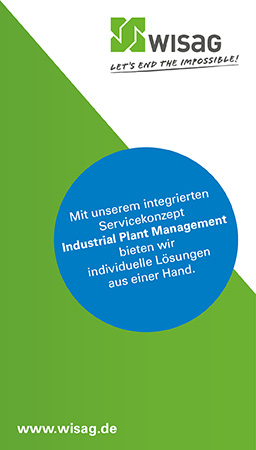New Challenges to Elastomeric Closures Claudia Petersen West Pharmaceutical Services Deutschland GmbH, Technical Customer Service Department, Eschweiler (Germany) Regulatory bodies worldwide are requesting extensive information on elastomeric closures used as primary packaging for drugs and biologics. The information requested often includes the chemical and physical properties and cleanliness of elastomers. Several factors are contributing to these requests. They include: 1. the need for extractable studies on the container/closure systems;
2. the need for leachable studies with the drug product as extraction medium;
3. the need for chemically clean pack-aging components used for highly sensitive biological/biotechnology derived products; chemical cleanliness relates to a low potential of extractable sub-stances from elastomeric closures. Each factor is significant in establishing the safety and efficacy of the drug or biologic product during the approval process and in establishing the shelf-life of the product. These compounds, which are effective i n very low dosages, are often lyophilized. The resulting small cakes require lyophilization stoppers that are chemically clean, low in residual moisture content and low in moisture vapor transmission.
The recommendations for more information have been driven in part by the United States Food and Drug Administration (FDA) Guidance for Industry “Container Closure Systems for Packaging Human Drugs and Biologics” (issued May 1999) and the International Conference on Harmonisation (ICH) Q3A and ICH Q3B(R) “Impurities in New Drug Substances.” Closure integrity recommendations have also become more stringent, per the FDA Draft Guidance for Industry “Container and Closure Integrity Testing IN LIEU of Sterility Testing as a component of the stability protocol for sterile products.” This is a draft guidance that has not been officially accepted or issued by the FDA; FDA sources indicate it may be incorporated into the final FDA stability guidance if and when it is issued. The 1999 container closure recommendation for performance of the system addresses seal integrity, which also relates to the performance criteria for the closure system. Seal integrity is influenced by factors such as the rubber formulation, design, processing, package assembly and storage conditions. All factors have to be taken into consideration to improve the overall container closure performance.
The article will give an overview of what has been done to improve processes, formulations and designs to fulfill these demands for quality packaging components and whether United States and European regulatory bodies opinions differ. Key Words Elastomeric closures, extractables, leachables · Helium leakage testing · Seal integrity | 



